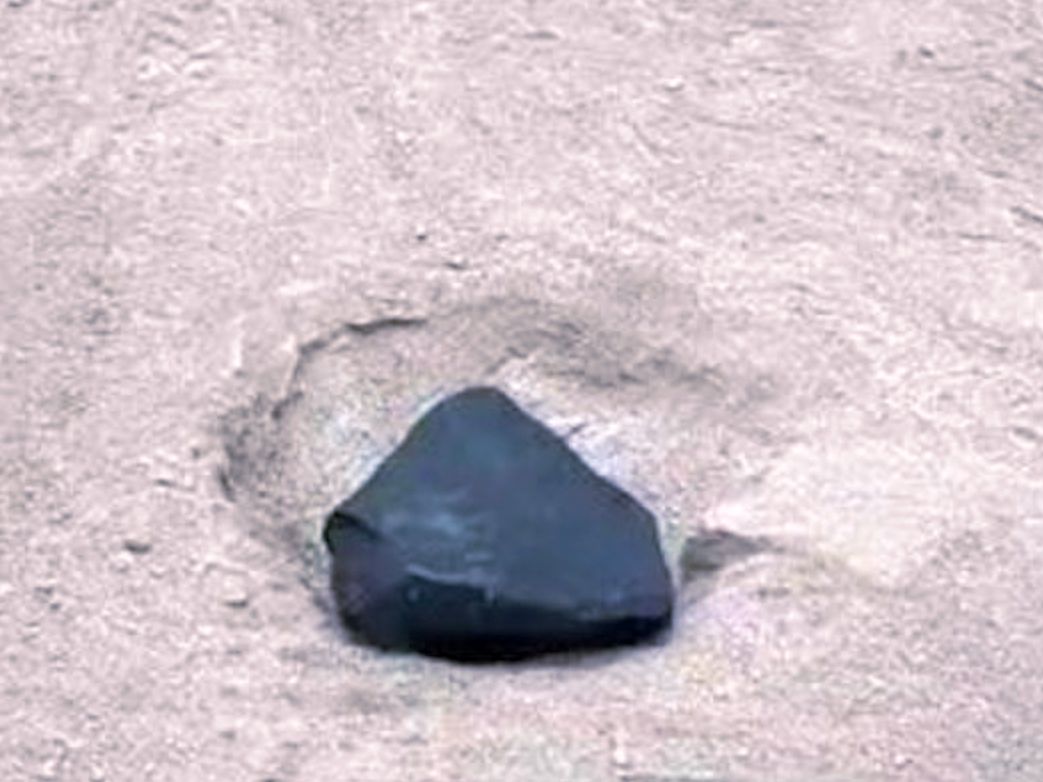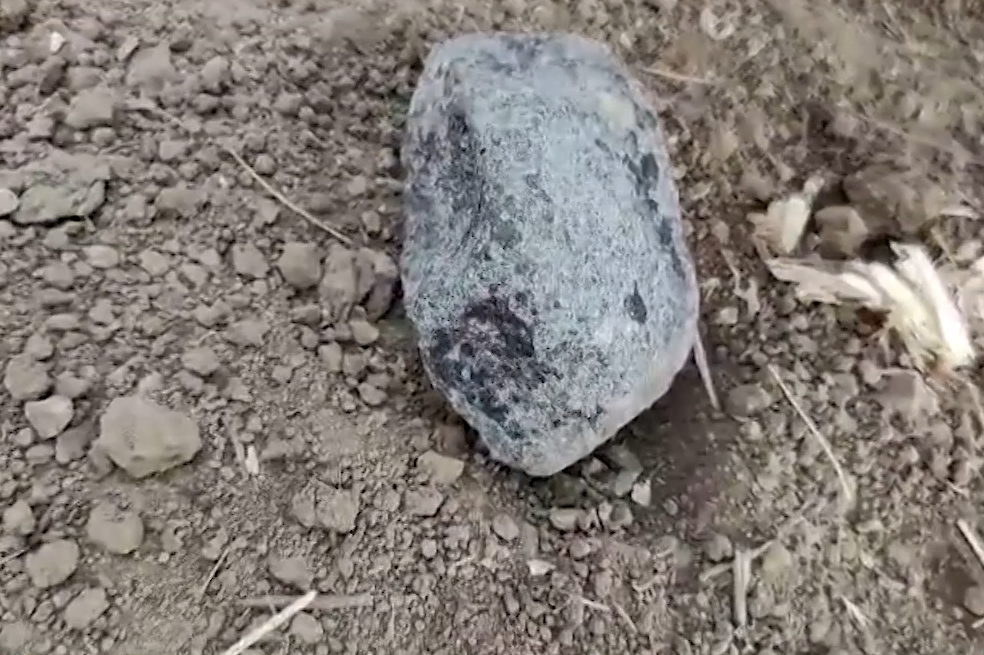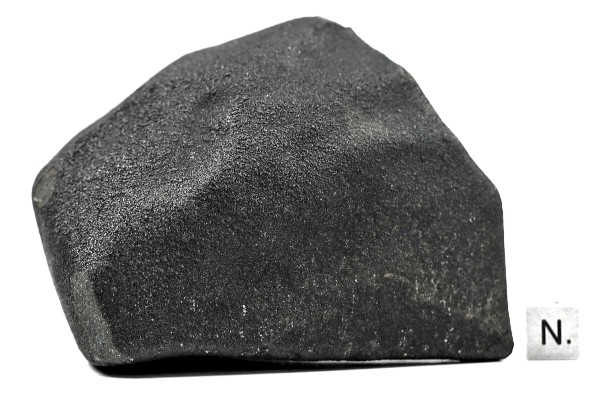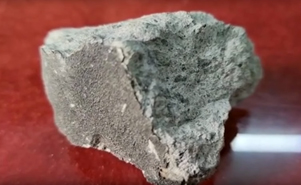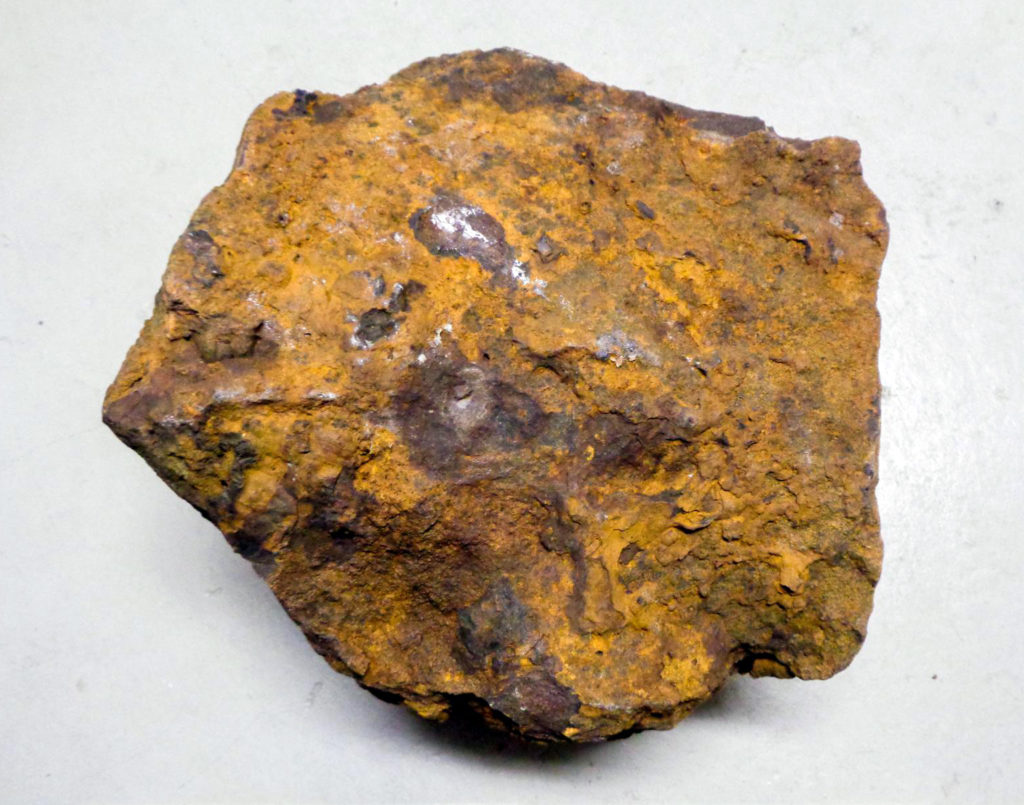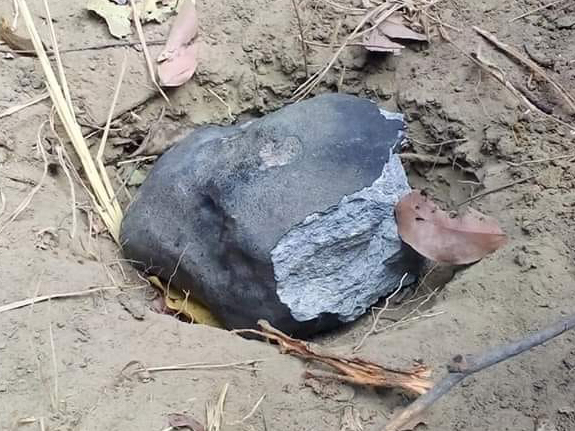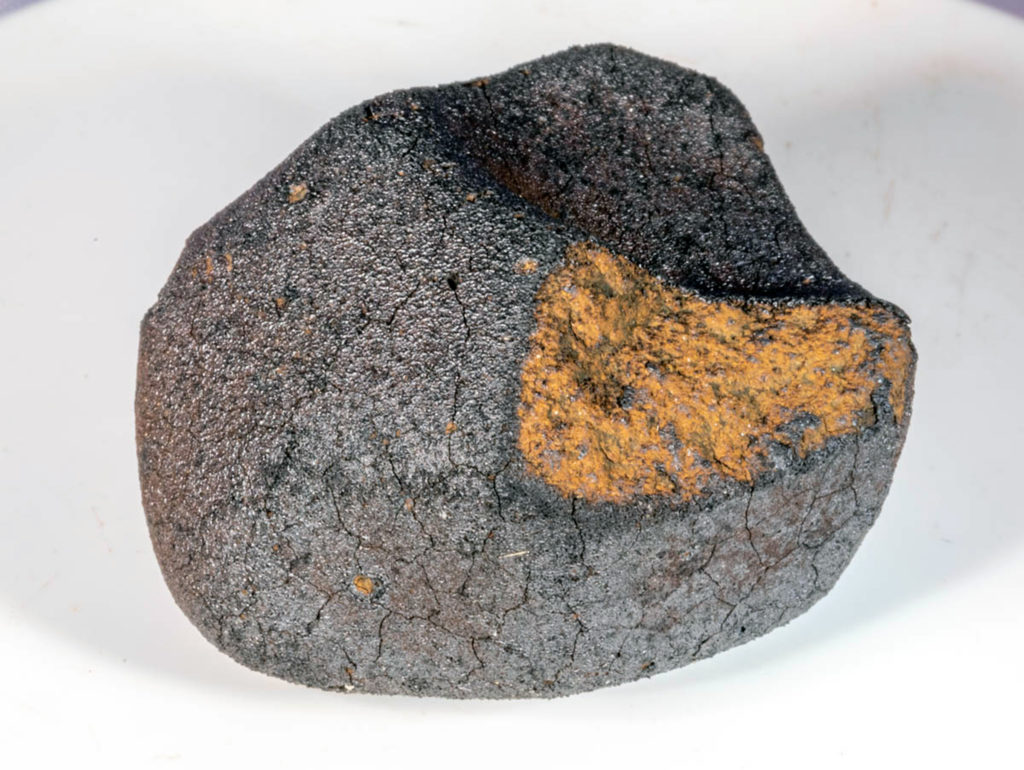Experimental Transformation of the Chelyabinsk LL5 Meteorite Matter of Light-colored Lithology into Dark-colored Lithology
E. V. Petrova & V. I. Grokhovsky
Solar System Research, Volume 59, article number 45, Published: 20 May 2025
“The effects of temperature, impacts, and irradiation on Chelyabinsk LL5 chondrite light-colored lithology matter were simulated in the laboratory conditions. Various changings of the texture and structure registered by different methods and techniques. As similarity as differences between the experimental results and the natural dark-colored lithology samples of Chelyabinsk LL5 were detected. Irradiation with Ar ions cause darkening, but this effect touches a surface only. While the shock experiment with the spherically-converted shock waves produced all types of lithologies that were found among the Chelyabinsk LL5 chondrite collection. Impact melt zone was formed under maximum pressure at the center of the sample. Next—zone with extensive silicate melting, then zone of dark lithology or black-ring zone, and zone of additionally shock-loaded original light-colored lithology situated in the shocked ball sample. Heating to 1100°C led to the dark-colored lithology structure formation with troilite melting, metal recrystallization, and optical darkening. Heating for a lower temperature produced effects in morphology of the metal and troilite inclusions. While heating for higher temperature induce melting of the host silicates and new crystals grows. It was assumed that dark-colored lithology was formed as a result of heating of the material of light-colored lithology. This assumption was verified by experimental studies of the meteorite substance after thermal, shock and radiation effects in laboratory experiments.”

